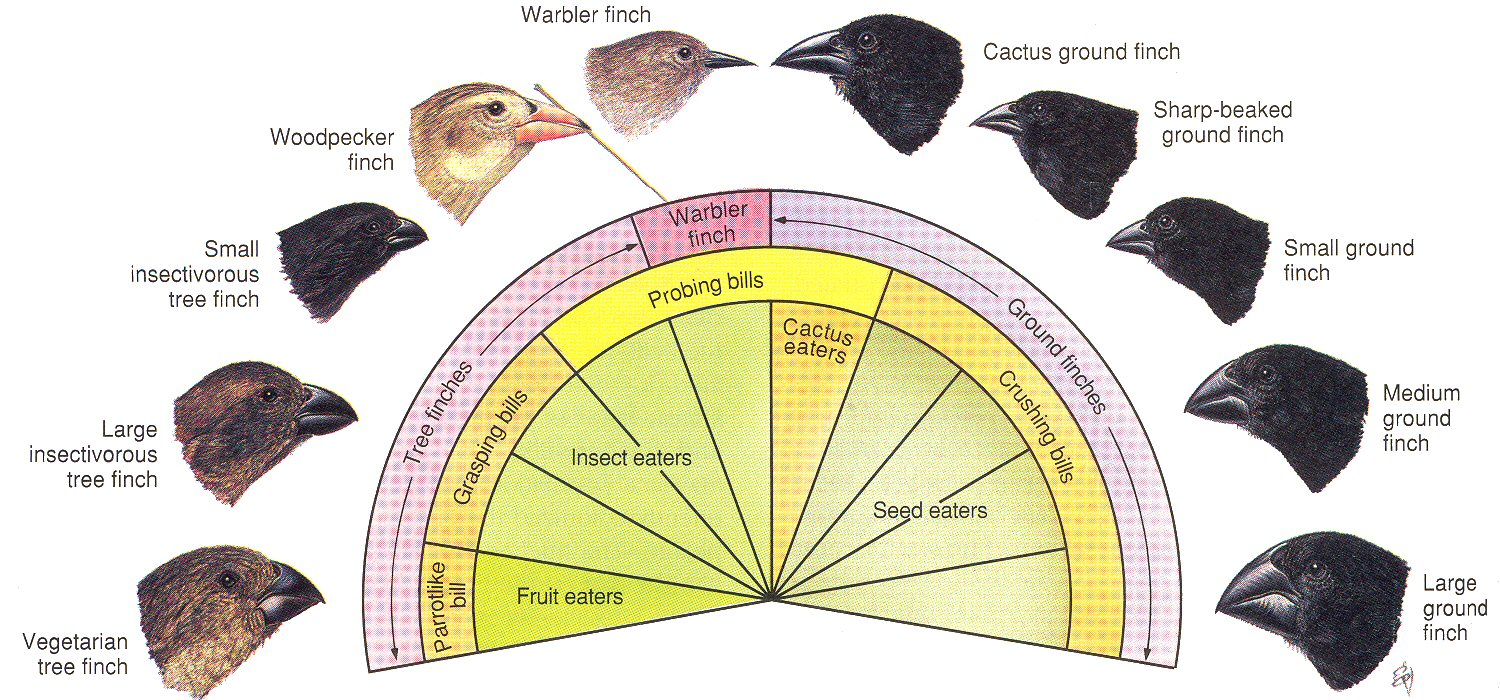Twisted Graphene Superconductors represent a groundbreaking development in the field of materials science, unlocking new possibilities for superconducting electrons to revolutionize technology. This innovative structure allows for the lossless power transmission that could redefine our energy infrastructure, from powering levitating trains to enhancing quantum computing capabilities. Researchers have discovered that, through a unique arrangement of twisted graphene layers, electrons can exhibit extraordinary superconducting behavior distinct from traditional materials. With applications spanning from energy-efficient detectors to advancements in quantum physics, twisted graphene is poised to catalyze remarkable advancements in graphene technology. By exploring the interactions within this material, scientists are unraveling the secrets of electrical conductivity without resistance, laying the groundwork for future technological marvels.
The exploration of twisted graphene sheets introduces an exciting frontier in the realm of advanced conducting materials. Characterized by their unusual superconducting properties, these structures have the potential to harness the principles of superconductivity in ways that conventional materials cannot. As we investigate the behavior of coupled electrons within these twisted configurations, we begin to understand their unique ability to facilitate lossless energy flow. This not only has implications for power systems but also strikes at the heart of innovations in quantum computing and ultra-sensitive detectors. The ongoing research into these fascinating materials underscores their critical role in paving the way for the next generation of energy-efficient technologies.
The Significance of Twisted Graphene Superconductors
Twisted graphene superconductors represent a groundbreaking innovation in material science, where the unique structure and properties of graphene facilitate superconductivity under specific conditions. By introducing a slight twist between layers of graphene, researchers have observed superconducting behavior that deviates from traditional superconductors. This discovery not only deepens our understanding of superconducting electrons but also opens up new pathways for lossless power transmission in various applications, ranging from energy grids to transportation systems.
Moreover, the unconventional behavior of electrons in twisted graphene raises questions about the nature of superconductivity itself. Unlike standard superconductors, where electrons typically repel each other, the interactions within twisted graphene create a ‘glue’ that binds the electrons together into pairs. This phenomenon is crucial for understanding and developing future technologies that rely on superconductivity, including advanced computing systems and energy-efficient detectors.
Revolutionizing Quantum Computing with Twisted Graphene
The realm of quantum computing stands to benefit immensely from advancements in twisted graphene superconductors. As researchers delve deeper into the peculiar pairing of electrons within this layered material, the potential for creating ultra-fast, energy-efficient quantum bits, or qubits, becomes more evident. These qubits could operate at significantly higher temperatures than traditional quantum computing systems, reducing the cooling costs and complexities associated with maintaining superconductivity.
Incorporating twisted graphene into quantum computing frameworks could lead to breakthroughs in processing power and computational speed. The unique properties of superconducting electrons in twisted graphene allow for a more stable quantum state, essential for the development of practical quantum computers. As researchers strive to unravel the intricacies of these superconducting systems, the horizon for quantum applications expands, possibly unlocking new technologies that were once thought to be unachievable.
Impact on Lossless Power Transmission
Twisted graphene superconductors hold the promise of revolutionizing lossless power transmission, a critical advancement for modern energy systems. Traditional power lines experience energy loss due to resistance, but superconductors can transmit electricity without any loss. By utilizing twisted graphene, energy providers could develop more efficient power grids that reduce waste, lower costs, and support sustainable energy practices.
This technology could influence various sectors, from electric transportation systems, such as levitating trains, to smart grids that seamlessly deliver energy. The implementation of twisted graphene superconductors in energy transmission infrastructure not only enhances efficiency but also contributes to a reduced carbon footprint, aligning with global efforts to transition towards greener energy solutions.
Understanding Quantum Dance in Superconductors
The concept of the ‘quantum dance’ undertaken by superconducting electrons in twisted graphene provides a fascinating lens through which to view particle interactions at extremely low temperatures. This phenomenon emphasizes the intricate interplay between quantum mechanics and material properties, showcasing how electron pairing deviates from conventional behavior to form cohesive superfluids. As researchers employ advanced techniques, such as microwave circuits, they are beginning to ‘listen’ to these electrons, providing insights into their dynamic interactions.
Unraveling the complexities of this quantum dance not only enhances our theoretical understanding of superconductivity but also sets the stage for practical applications. The ability to manipulate superconducting electrons creates avenues for creating more efficient quantum materials, which are essential for devices like energy-efficient detectors in various scientific fields, including astrophysics and particle physics.
Applications in Energy-Efficient Detectors
Twisted graphene superconductors could play a pivotal role in developing energy-efficient detectors for space exploration. Given the unique characteristics of superconducting materials, they are ideally suited for creating sensors that operate in extreme conditions, such as the near vacuum and low-light environments of space. These detectors could be smaller, lighter, and require significantly less power compared to traditional detectors, facilitating more effective data collection in space missions.
Additionally, the advancements in graphene technology enable the production of ultrasensitive detectors capable of capturing faint signals from distant celestial bodies. By leveraging the unique superconducting properties of twisted graphene, researchers aim to enhance the capabilities of detectors used for scientific research, thus pushing the boundaries of our exploration of the universe.
The Role of Microwave Technology in Research
The application of specialized microwave technology in studying twisted graphene superconductors has unlocked significant discoveries within this field. By utilizing microwave circuits to measure the resonant frequencies of paired electrons, researchers are uncovering previously unseen behaviors and interactions among superconducting electrons. This innovative approach acts as a metaphorical ‘glass harp,’ allowing scientists to gather precise data based on the changing frequencies of the superfluid.
Such advanced measurement techniques not only deepen our understanding of how electrons pair and move within twisted graphene but also provide pathways to discovering new materials with superconducting properties. As this research evolves, it might unveil additional superconducting materials that could be harnessed for practical applications in technology and energy efficiency.
Research Collaborations Driving Progress
Collaborations among leading institutions like Harvard, MIT, and Raytheon-BBN Technologies exemplify the multidisciplinary approach driving advancements in twisted graphene superconductors. By bringing together experts from physics, engineering, and materials science, these partnerships foster innovative research that transcends traditional boundaries and accelerates the pace of discovery. Collaborative efforts allow for the pooling of resources, knowledge sharing, and the cross-pollination of ideas essential for groundbreaking research.
Furthermore, the accumulation of diverse expertise propels the investigation of twisted graphene and its applications forward. By studying the complexities of superconducting electrons and developing experimental techniques, these research teams aim to formulate new insights that not only elevate scientific understanding but also pave the way for transformational technologies in the energy and computing sectors.
Challenges in Mass Production of Graphene
Despite the promising potential of twisted graphene superconductors, challenges remain in achieving mass production of graphene technology. The current methods of creating high-quality graphene are complex and often expensive, limiting the scalability of this innovative material. Researchers are focused on overcoming these challenges by developing efficient fabrication techniques that can produce large quantities of high-quality graphene.
Successfully addressing these mass production challenges is crucial for transitioning graphene-based technologies from the lab to real-world applications. Innovations in the production process could not only make twisted graphene superconductors accessible for widespread use but also significantly impact various industries, enhancing the feasibility of cutting-edge technologies from lossless power transmission to groundbreaking advancements in quantum computing.
Future Directions in Superconductivity Research
Looking forward, the exploration of twisted graphene superconductors highlights exciting future directions in superconductivity research. As scientists delve into the unique properties of these materials, the quest for a comprehensive understanding of superconductivity continues. Investigating how electron pairing occurs in twisted graphene could lead to the identification of new superconductors with higher operational temperatures and improved efficiency.
With ongoing research and technological advancements, the promise of twisted graphene superconductors extends beyond mere theoretical implications. The integration of these materials into practical applications could reshape the landscape of energy transmission and quantum computing, positioning society to reap the benefits of lossless power and unprecedented computational capabilities in the coming years.
Frequently Asked Questions
What are twisted graphene superconductors and how do they enhance superconducting electrons?
Twisted graphene superconductors are layers of graphene that are slightly rotated relative to each other. This unique arrangement significantly enhances the behavior of superconducting electrons, allowing them to pair and flow without resistance, resulting in potential applications like lossless power transmission and advanced quantum computing.
How do twisted graphene superconductors contribute to lossless power transmission?
Twisted graphene superconductors facilitate lossless power transmission by enabling electrons to flow without resistance. This property can potentially revolutionize electrical systems, making them more efficient by minimizing energy loss during transmission.
In what ways could twisted graphene superconductors impact quantum computing?
Twisted graphene superconductors may significantly impact quantum computing by providing new pathways for superconducting qubits, which are essential for quantum information processing. The unique electron pairing in twisted graphene could lead to more stable and efficient qubit systems.
What is the significance of superconducting electrons in twisted graphene for energy-efficient detectors?
Superconducting electrons in twisted graphene enable the development of ultrasensitive, energy-efficient detectors, particularly useful in environments like space exploration where minimal power consumption and high-resolution detection are crucial.
How is graphene technology utilized in the study of twisted graphene superconductors?
Graphene technology is leveraged in the study of twisted graphene superconductors by using its atomic layer properties to investigate the unique superconducting behaviors under specific conditions, enhancing our understanding of electron dynamics and aiding in the development of advanced materials.
What challenges do researchers face when studying superconductivity in twisted graphene?
Researchers face challenges in understanding the unique pairing mechanisms of electrons in twisted graphene superconductors. The interactions at play are complex and not fully understood, requiring innovative approaches and technologies to uncover the physics behind this new class of superconductors.
What potential applications do twisted graphene superconductors have in modern technology?
Twisted graphene superconductors have potential applications in various fields including lossless power transmission systems, high-performance quantum computing, and the development of energy-efficient detectors for scientific and space exploration technologies.
Why is the research on twisted graphene superconductors considered groundbreaking?
The research on twisted graphene superconductors is groundbreaking because it reveals a new regime of superconductivity that differs from conventional materials, offering new insights and opportunities in superfluid electronics and transforming future technologies.
| Key Points |
|---|
| Superconducting electrons in twisted graphene can enhance lossless power transmission, levitate trains, and advance quantum computing. |
| Twisted graphene creates a unique superconducting behavior that differs from traditional superconductors. |
| The study by Harvard researchers reveals a ‘quantum dance’ of electrons at very low temperatures that leads to superconductivity. |
| Twisted graphene may assist in developing advanced energy-efficient detectors for space exploration. |
| Researchers utilized innovative microwave technology to probe the superconducting nature of twisted graphene. |
Summary
Twisted Graphene Superconductors represent a cutting-edge breakthrough in the field of superconductivity, offering unique properties that deviate from conventional superconductors. Researchers have discovered that the superconducting behavior of electrons in twisted graphene differs significantly, leading to potential advancements in various applications like power transmission and quantum computing. The innovative techniques being developed to explore these materials hold promise for creating energy-efficient detectors, particularly in space exploration. As research progresses, twisted graphene may pave the way for revolutionary technologies.



